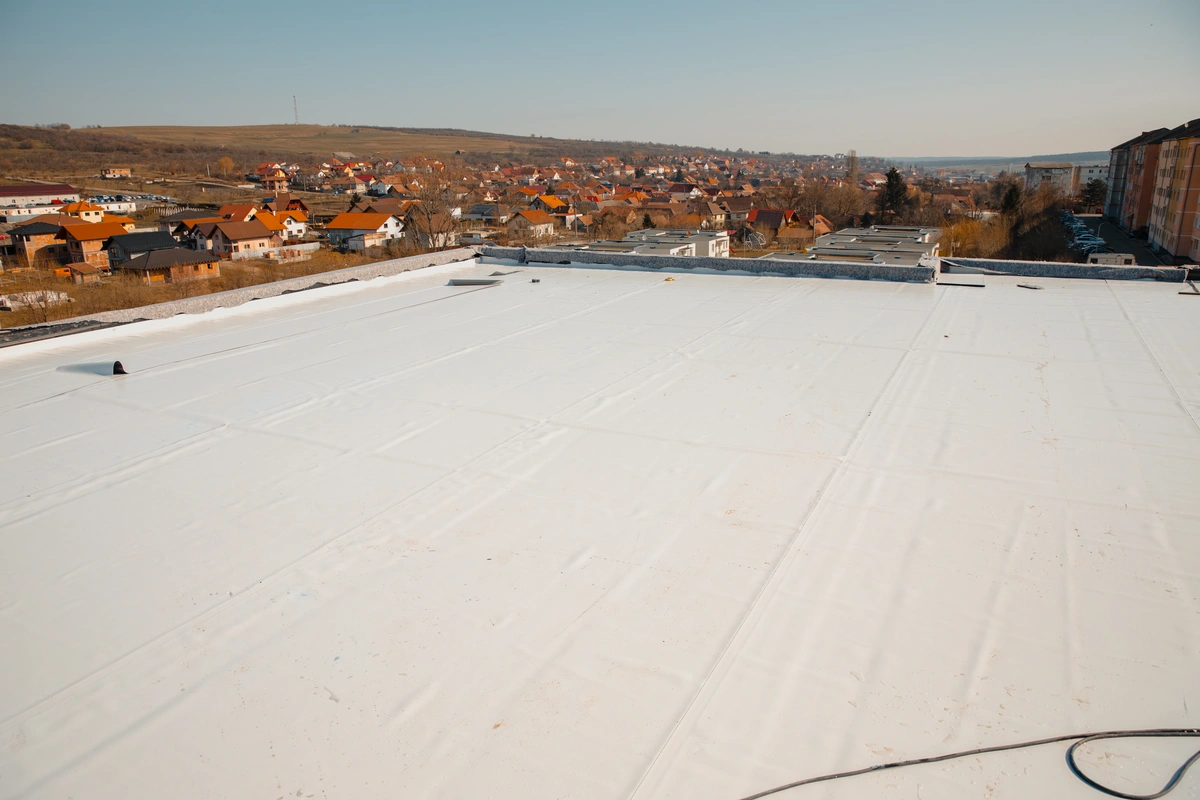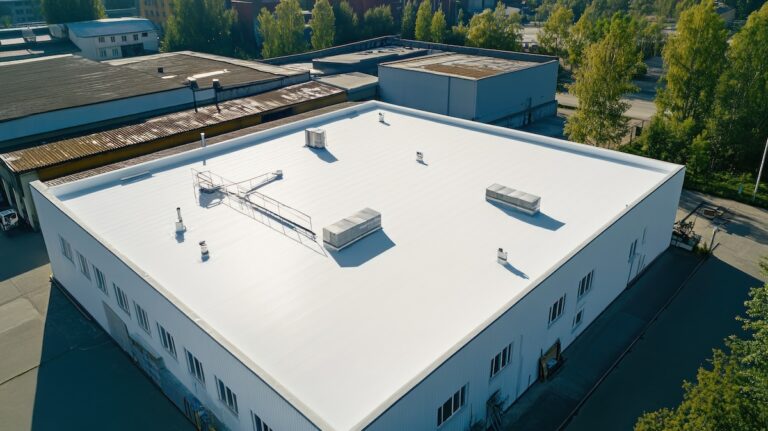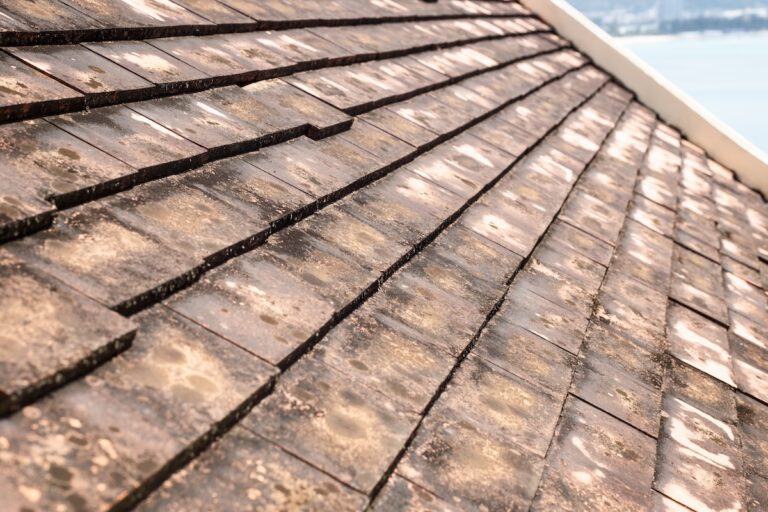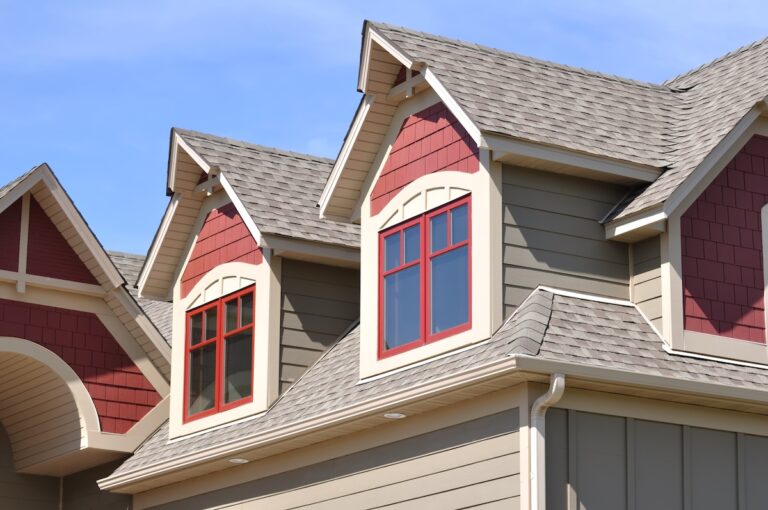When it comes to choosing the right roofing system for your commercial property, there are several options available. Among them, EPDM (Ethylene Propylene Diene Monomer) and TPO (Thermoplastic Olefin) roofs stand out as popular choices. EPDM roofing systems are known for their versatility and durability, making them a strong contender when compared to TPO roofs.
In this comprehensive guide about all things EPDM vs TPO, we will delve into:
- The differences
- Advantages
- Disadvantages
- Installation costs
- Longevity
- Factors to consider when deciding between EPDM and TPO roofs
EPDM vs TPO Roofing: Which one will you choose?
What is an EPDM Roof?
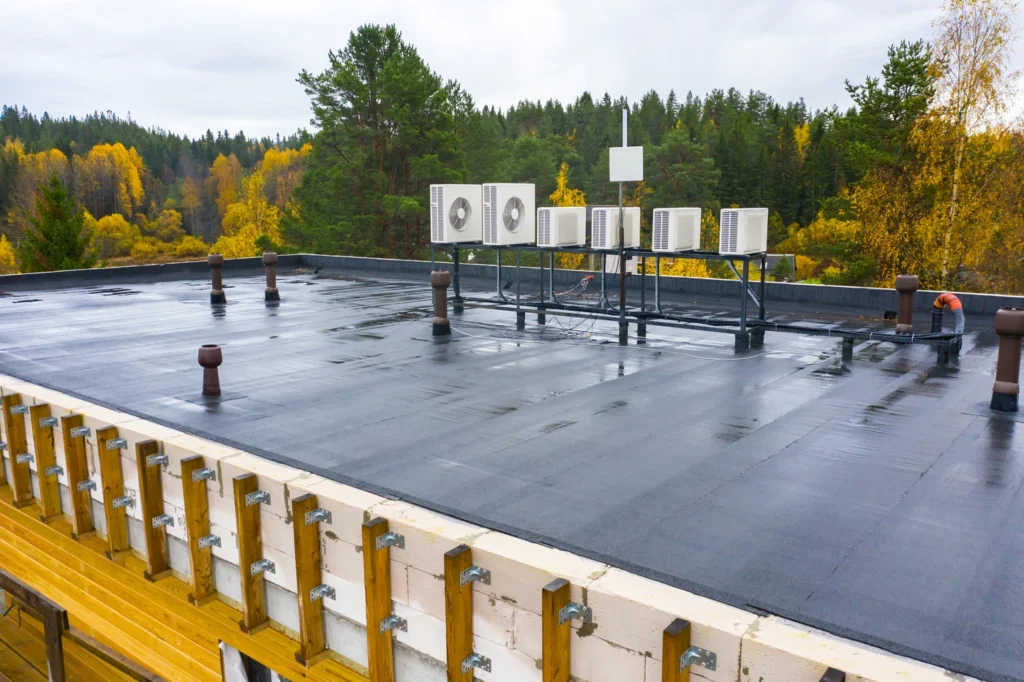
EPDM is a synthetic rubber roof membrane, commonly referred to as a rubber roof, known for its exceptional durability and resistance to harsh weather conditions. It is composed of ethylene and propylene, two hydrocarbon compounds that give EPDM its flexibility and resilience. EPDM roofing membranes come in various thicknesses and can be installed in a single-ply or multi-ply system.
👍 Pros of EPDM Roofing:
- Durability: EPDM roofs can withstand extreme weather conditions, including hail, heavy rain, and UV radiation, making them suitable for different climates.
- Low Maintenance: EPDM roofs require minimal maintenance. Periodic cleaning and inspections are usually sufficient to keep them in good condition.
- Cost-Effective: EPDM roofing is often more affordable than some other roofing materials, such as metal or slate. This makes it an attractive option for budget-conscious homeowners.
- Energy Efficiency: EPDM roofing is available in white, which reflects sunlight and reduces heat absorption, leading to lower cooling costs in hot climates. Additionally, EPDM roofing systems are versatile and beneficial in various applications, offering reliable performance and ease of installation.
👎 Cons of EPDM Roofing:
- Seam Vulnerability: Seams in EPDM roofs can be susceptible to damage over time. However, proper installation techniques and regular maintenance can mitigate this risk.
- Limited Aesthetic Options: EPDM roofing comes in a limited range of colors and styles, which may not suit all architectural designs.
What is a TPO Roof?
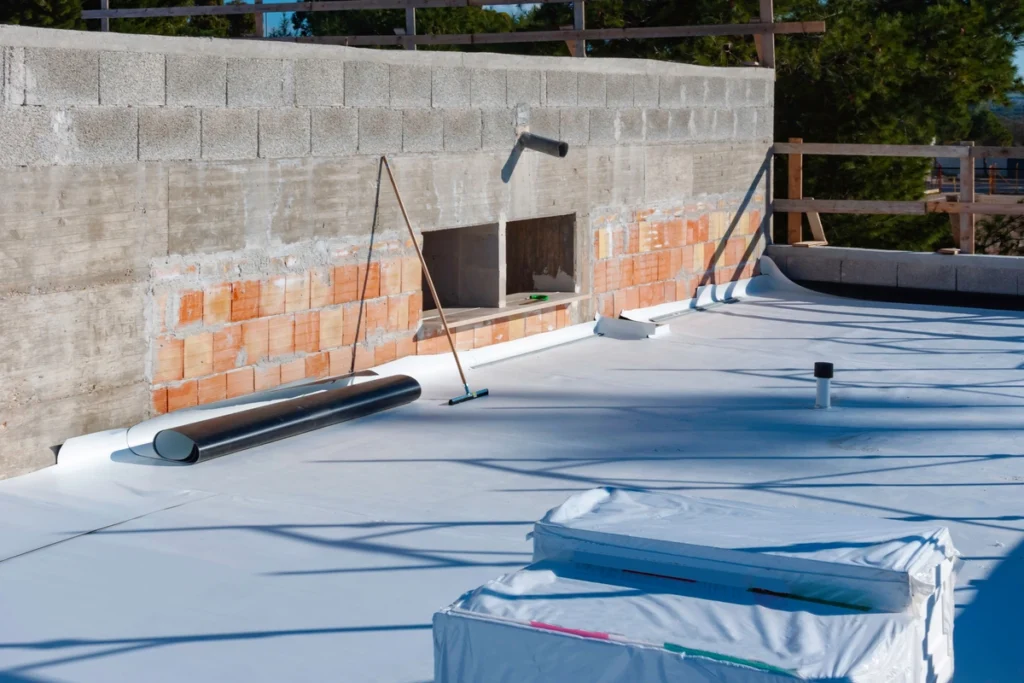
TPO roofing is a single-ply roofing membrane made of thermoplastic polyolefin compounds, commonly referred to as TPO roof membranes. It has gained popularity in recent years due to its energy efficiency and environmentally friendly properties. TPO roofing membranes are available in various thicknesses and widths, making them versatile for different applications.
👍 Pros of TPO Roofing:
- Energy Efficiency: TPO roofs are highly reflective and can significantly reduce heat absorption. This can lead to lower cooling costs, making them a sustainable choice for energy-conscious individuals.
- Durability: TPO roofing is resistant to punctures, tears, and UV radiation, ensuring a long lifespan for your roof. In comparison, PVC roofing membranes also offer exceptional durability and strength, with a lifespan of up to twenty years or more, and are highly resistant to harsh weather conditions.
- Aesthetic Variety: TPO roofing membranes come in a range of colors, including white, tan, and gray, allowing for more design flexibility.
- Ease of Installation: TPO roofing is known for its ease of installation, which can result in lower labor costs compared to other roofing materials.
👎 Cons of TPO Roofing:
- Sensitivity to Chemicals: TPO roofs can be sensitive to certain chemicals and oils, so caution is needed when performing maintenance work or using equipment on the roof.
- Limited Longevity Data: While TPO roofs have been in use for several decades, their long-term performance data may not be as extensive as that of EPDM roofs. Additionally, PVC roofs, while durable and long-lasting, can have potential downsides if not properly installed and maintained.
Comparing Cost of Installation
The cost of installing either an EPDM or TPO roof depends on various factors, including the size of the roof, labor costs in your region, and any additional features or insulation you choose. On average, EPDM roofing tends to be more budget-friendly compared to TPO roofing.
For EPDM roofing, you can expect to pay around $3 to $7 per square foot for materials and labor, making it an economical choice. TPO roofing, on the other hand, can cost between $4 to $8 per square foot, making it slightly more expensive but still competitive in terms of pricing.
EPDM vs TPO: What to Consider For Installation
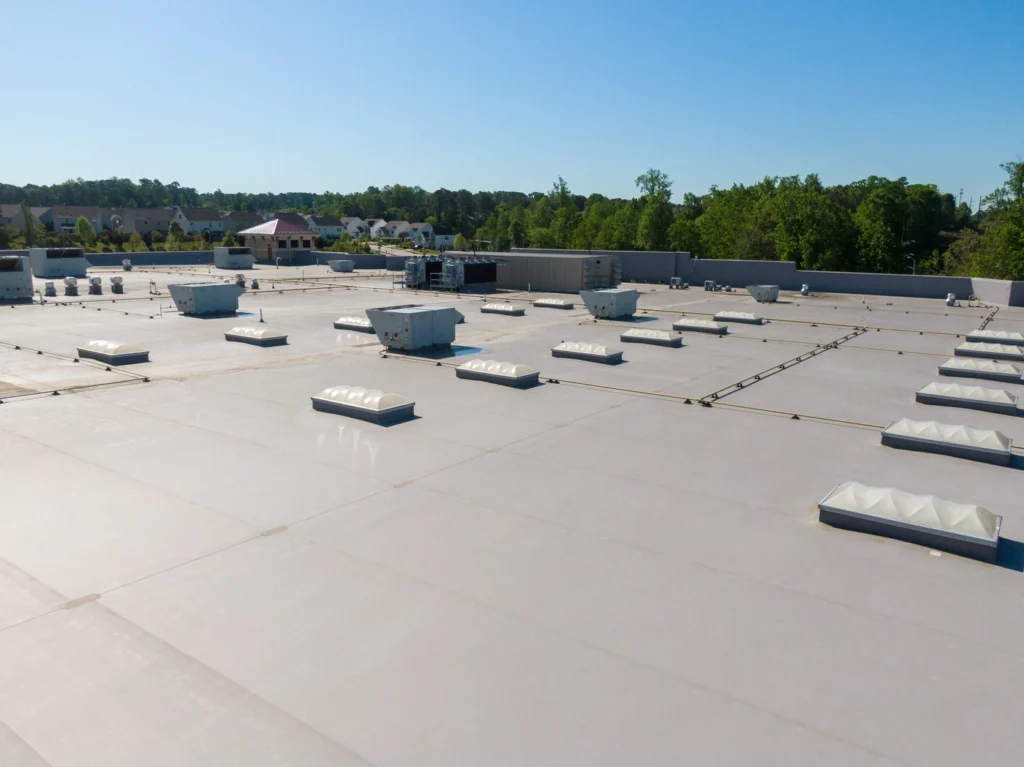
When it comes to installing TPO, EPDM, and PVC roofing systems, several factors play a crucial role in ensuring a successful and long-lasting installation. Here are some key considerations to keep in mind:
- Substrate Preparation: A clean, dry, and debris-free substrate is essential for a proper bond between the roofing membrane and the substrate. Any contaminants can compromise the adhesion and overall performance of the roofing system.
- Membrane Selection: The choice of membrane depends on the specific needs of the project, including the building’s size, shape, and location. Each type of membrane—TPO, EPDM, or PVC—offers unique benefits that should be matched to the project requirements.
- Installation Method: The installation method varies based on the type of membrane and the project’s specific needs. Common methods include fully adhered, mechanically attached, and ballasted systems. Each method has its advantages and is chosen based on factors like wind uplift resistance and building structure.
- Seaming: Seaming is a critical aspect of roofing installation, as it affects the overall performance of the roofing system. TPO and PVC membranes can be heat-welded, creating strong, watertight seams. In contrast, EPDM membranes are typically seamed using a specialized adhesive, which requires careful application to ensure durability.
- Flashing: Flashing is essential for preventing water from entering the building through gaps and joints. Proper flashing installation around roof penetrations, such as vents, skylights, and chimneys, is crucial for maintaining the integrity of the roofing system.
By paying attention to these installation considerations, you can ensure that your roofing system performs optimally and provides long-lasting protection for your building.
Comparing Longevity
Both EPDM and TPO roofs are known for their durability, but their longevity can vary based on factors such as climate, maintenance, and installation quality.
EPDM roofs typically have a lifespan of 20 to 30 years. Proper maintenance can extend this lifespan significantly. TPO roofs have a similar expected lifespan, with some manufacturers claiming up to 30 to 40 years with proper care and maintenance. PVC roofing systems, on the other hand, often provide better seam integrity and performance, with a comparable or even longer lifespan than EPDM and TPO.
Other Factors to Consider for Your Commercial Roofing System
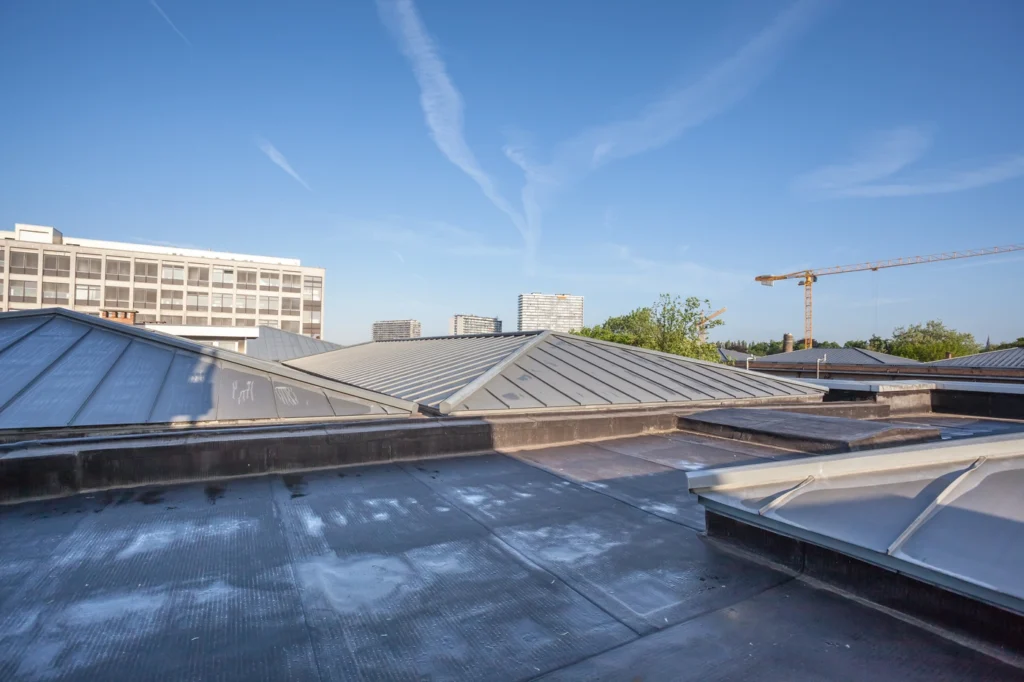
Environmental Impact of Commercial Roofs
The environmental impact of TPO, EPDM, and PVC roofing systems varies, and it’s important to consider these factors when choosing a roofing material:
- Recyclability: TPO and PVC membranes are recyclable, making them a more environmentally friendly option at the end of their lifespan. In contrast, EPDM membranes are not recyclable and must be disposed of in a landfill.
- Energy Efficiency: TPO and PVC membranes are designed with energy efficiency in mind. Their reflective surfaces help reduce heat gain in the summer and heat loss in the winter, leading to lower energy consumption and costs.
- Durability: All three roofing systems—TPO, EPDM, and PVC—are known for their durability and long lifespans, ranging from 20 to 50 years or more. This longevity reduces the need for frequent replacements, contributing to environmental sustainability.
- Maintenance: Regular maintenance is essential to extend the lifespan of any roofing system. This includes inspections, repairs, and cleaning to ensure the roof remains in good condition and performs efficiently.
- End-of-Life Disposal: At the end of their lifespan, TPO and PVC membranes can be recycled, reducing their environmental impact. EPDM membranes, however, must be disposed of in a landfill, which is less environmentally friendly.
Considering these environmental factors can help you make a more sustainable choice for your roofing system, balancing performance with ecological responsibility.
Maintenance and Repair for EPDM & TPO Roof Systems
Regular maintenance and repair are crucial for extending the lifespan of any roofing system. Here are some key considerations to keep your roof in top condition:
- Inspections: Regular inspections should be performed to identify any potential issues before they become major problems. This includes checking for signs of wear, damage, and leaks.
- Repairs: Prompt repairs are essential to prevent further damage to the roofing system. Addressing issues like punctures, tears, and seam failures quickly can save you from costly repairs down the line.
- Cleaning: Keeping the roofing system clean is important to prevent debris from accumulating and causing damage. Regular cleaning helps maintain the roof’s reflective properties and overall performance.
- Seam Maintenance: Seams should be inspected regularly and repaired as needed to prevent leaks. Proper seam maintenance is critical for the longevity and watertight integrity of the roofing system.
- Flashing Maintenance: Flashing should be inspected regularly and repaired as needed to prevent water from entering the building. Ensuring that flashing is in good condition helps protect against water damage and extends the life of the roof.
By following these maintenance and repair guidelines, you can ensure that your roofing system remains durable and effective, providing reliable protection for your building for many years to come.
How to Choose the Right Roofing System for You
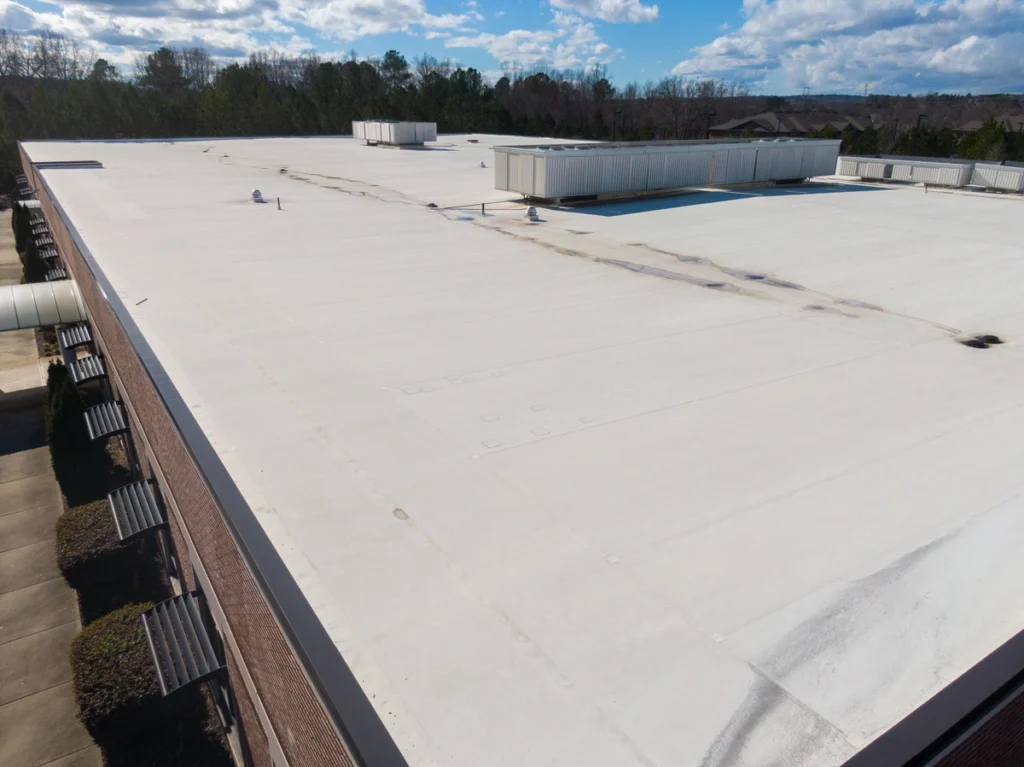
Choosing the right roofing material, such as EPDM or TPO, depends on your specific needs and priorities. Here are some factors to consider:
- Climate: If you live in an area with extreme weather conditions, such as heavy snowfall or intense sunlight, EPDM’s proven durability may be a better choice.
- Energy Efficiency: If you are concerned about energy efficiency and want to reduce cooling costs, TPO’s reflective properties can help you achieve this goal.
- Budget: Consider your budget for both materials and installation. EPDM tends to be more cost-effective initially, while TPO may offer long-term savings in energy costs.
- Aesthetics: If you have specific color or style preferences for your roof, TPO provides more options than EPDM.
- Environmental Impact: TPO roofing is considered more environmentally friendly due to its energy-efficient properties and recyclability.
- Maintenance: Think about your willingness and ability to perform regular roof maintenance. Proper upkeep is crucial for extending the lifespan of both EPDM and TPO roofs.
- Contractor Expertise: Ensure that the commercial roofing contractor you choose has experience and expertise in installing the roofing system you prefer. Proper installation is critical to the performance and longevity of your roof.
EPDM vs. TPO Roofing: A Quick Comparative Guide
Cost:
- EPDM: Typically less expensive per square foot.
- TPO: Generally more costly but may offer long-term value.
Durability:
- EPDM: Known for its flexibility and longevity.
- TPO: Offers higher impact and puncture resistance, enhancing overall durability.
Appearance:
- EPDM: Available in a variety of colors.
- TPO: Commonly white, with fewer color options.
Heat and UV Resistance:
- EPDM: Superior at resisting heat and UV damage, ideal for sun-exposed areas.
- TPO: Offers decent UV resistance but excels in other areas.
Grease and Oil Resistance:
- EPDM: Less resistant to grease and oil.
- TPO: Highly resistant to grease and oil, making it suitable for roofs near kitchens or industrial zones.
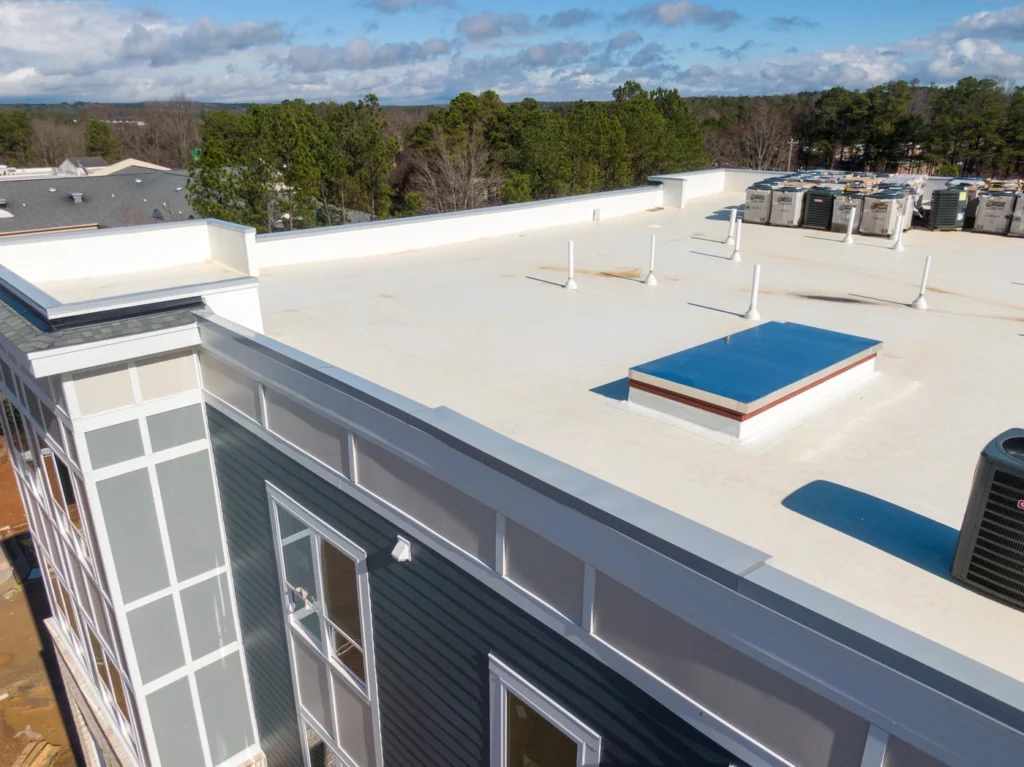
Installation:
- EPDM: Easier to install with self-adhered flashings.
- TPO: Requires heat welding, which can be more complex.
Formula Consistency:
- EPDM: Generally more consistent in formulation and performance.
- TPO: May vary more in formula but offers unique benefits.
Climate Suitability:
- EPDM: Ideal for areas with long, freezing winters due to heat absorption.
- TPO: Best for regions with cold winters and heavy snowfall, thanks to its high tensile strength.
Roof Recovery:
- EPDM: Often requires full replacement when aging.
- TPO: Can be installed over an aging EPDM roof, saving on cost and reducing disruption.
Learn More About Flat Roofs
Both EPDM and TPO roofing systems have their advantages and disadvantages, making them suitable for different situations. Consider your specific needs, budget, and aesthetic preferences when making your decision. Consulting with a professional roofing contractor can also provide valuable insights and help you make an informed choice for your property’s roofing needs. Additionally, PVC roofing systems are another option for flat roofs, known for their durability and better seam integrity compared to TPO and EPDM.
At G. Cannon Roofing, we are here to help you choose the right roofing system for you.
Contact us today for a free estimate for your roofing process!
